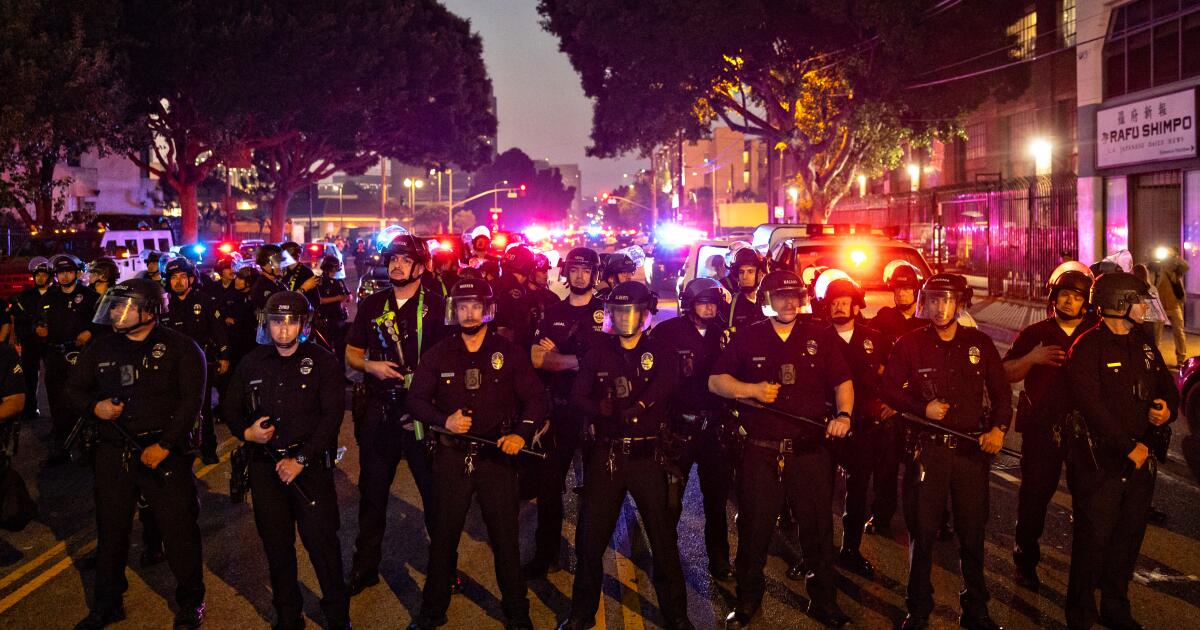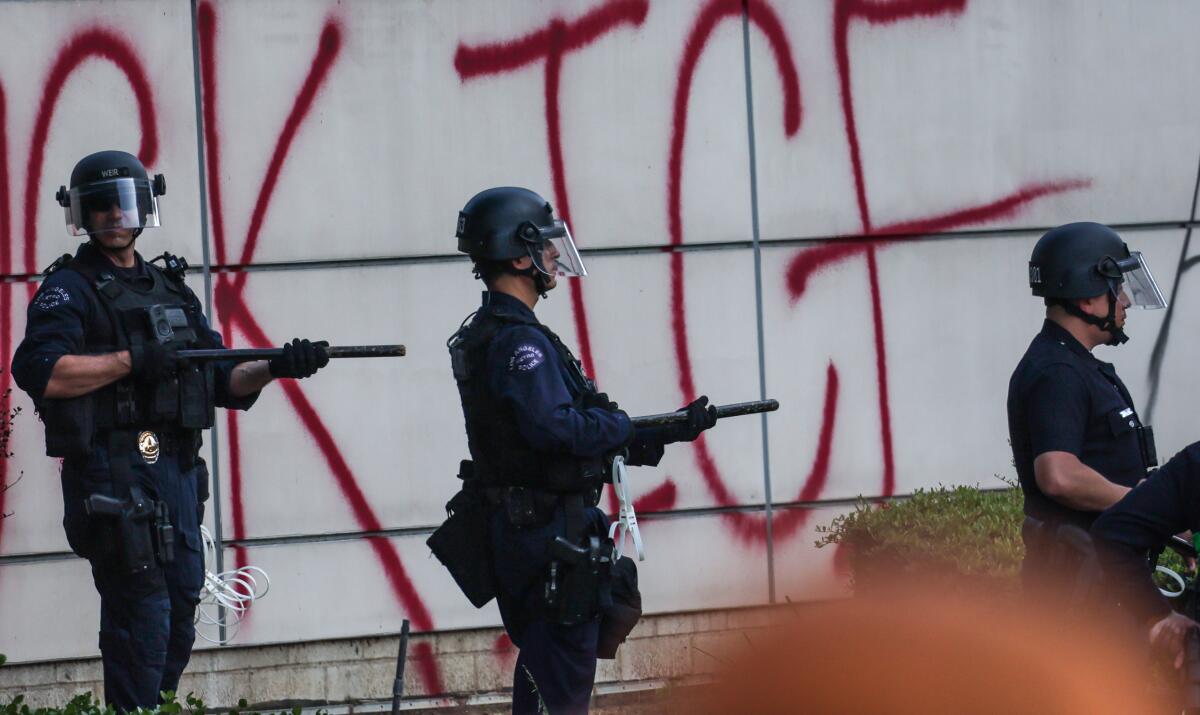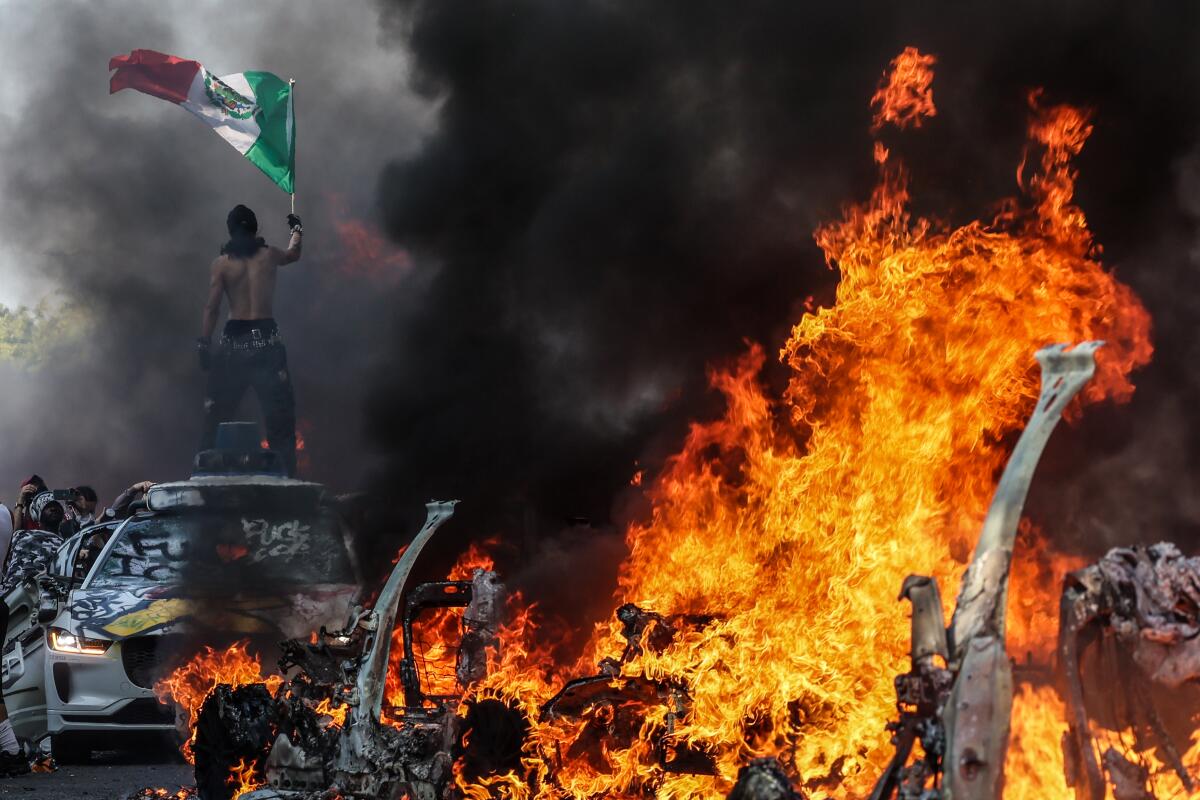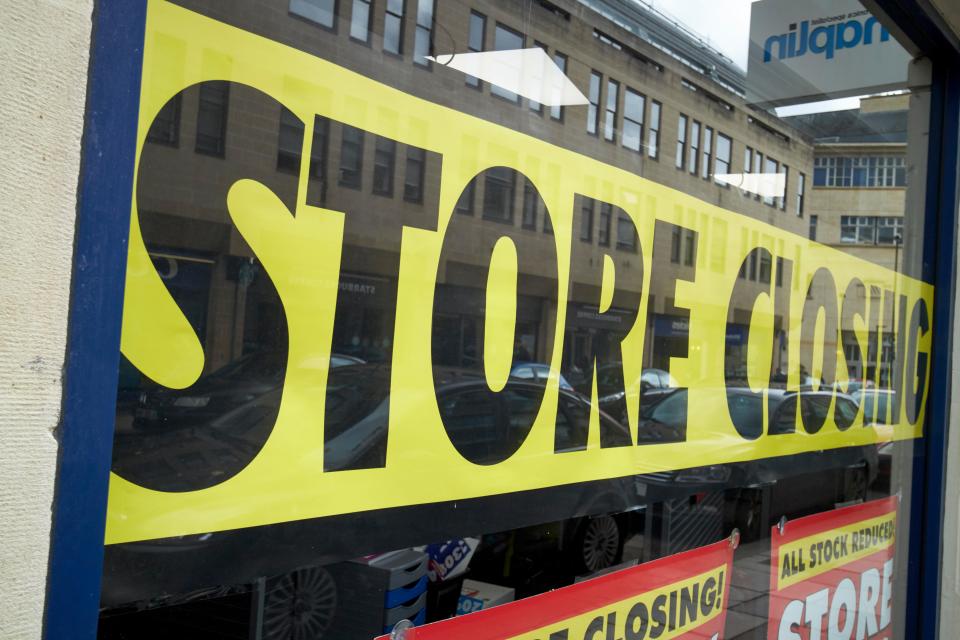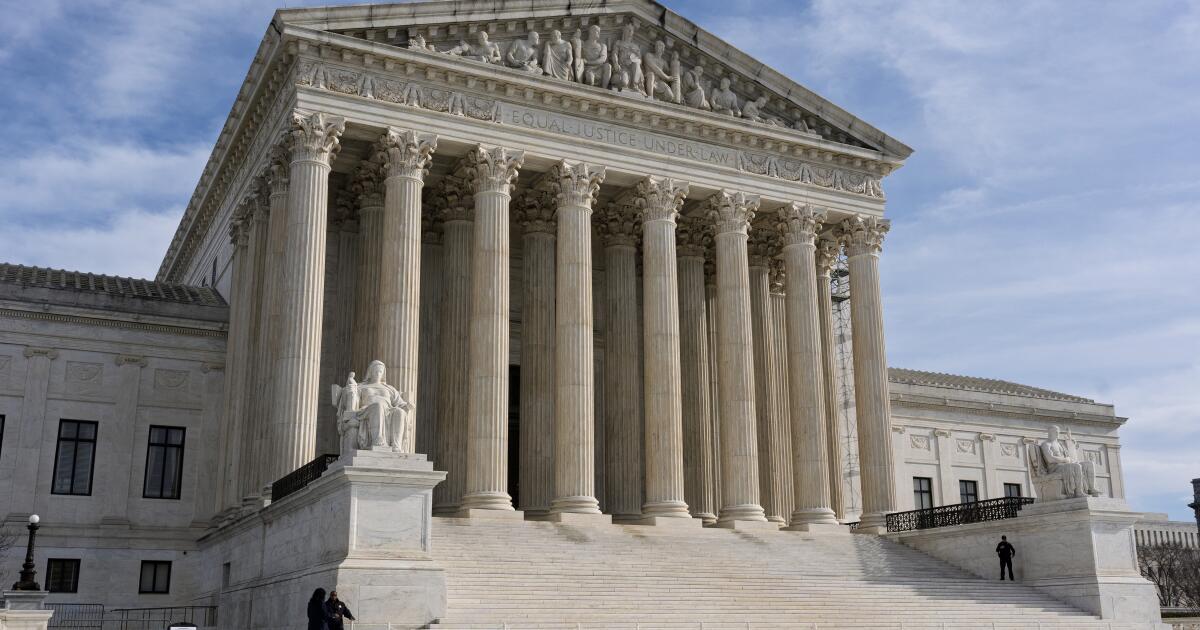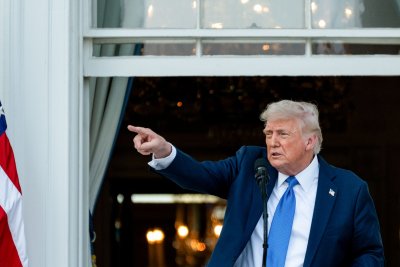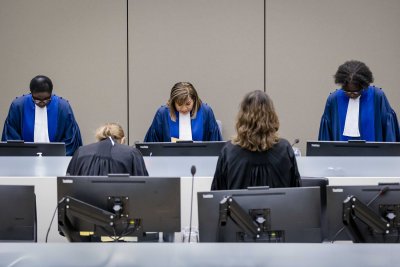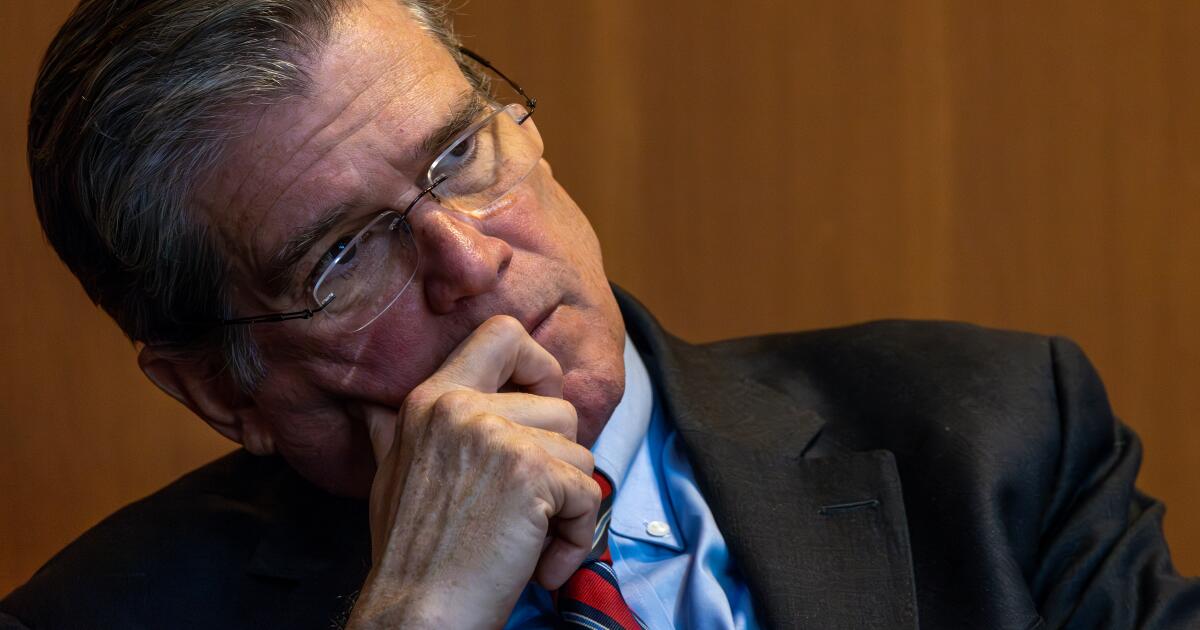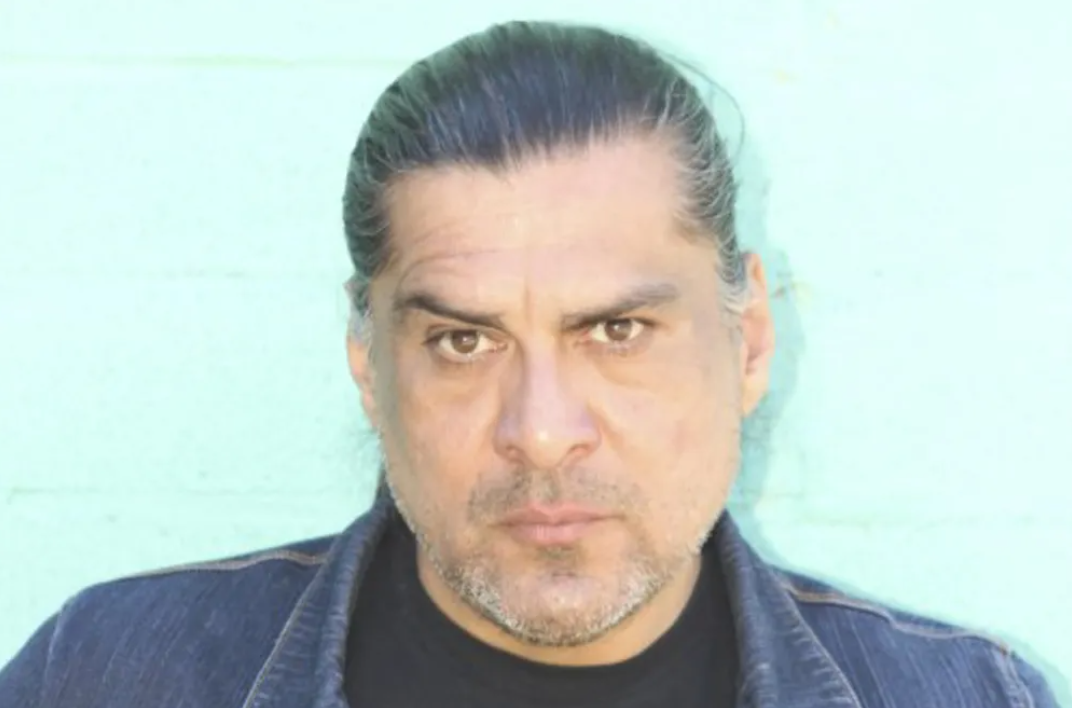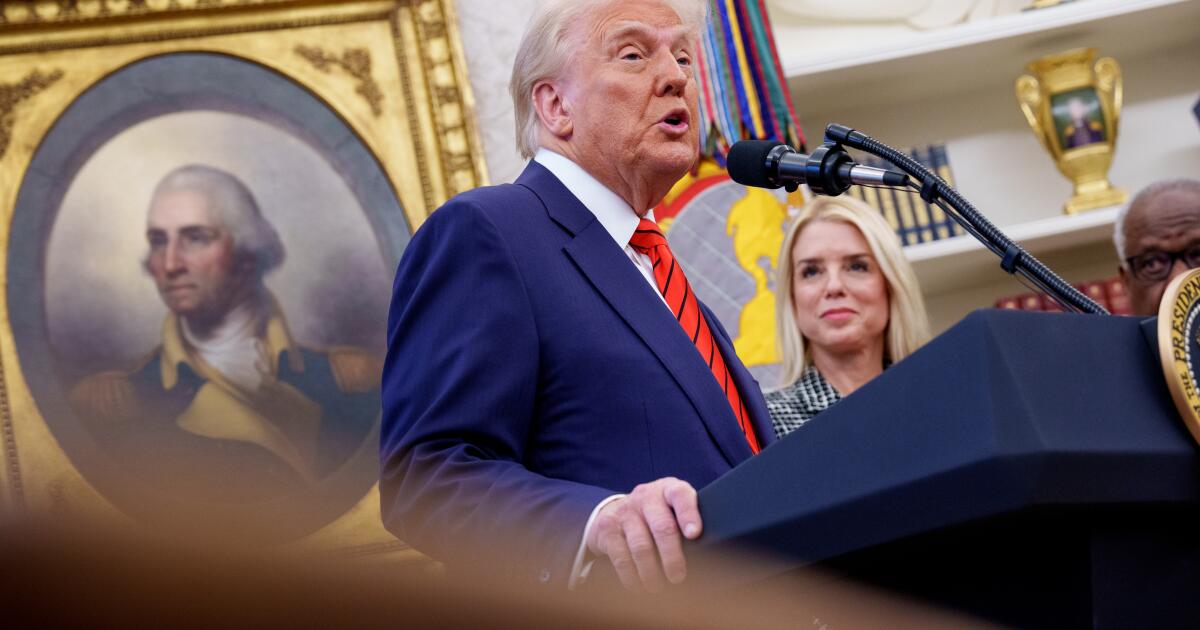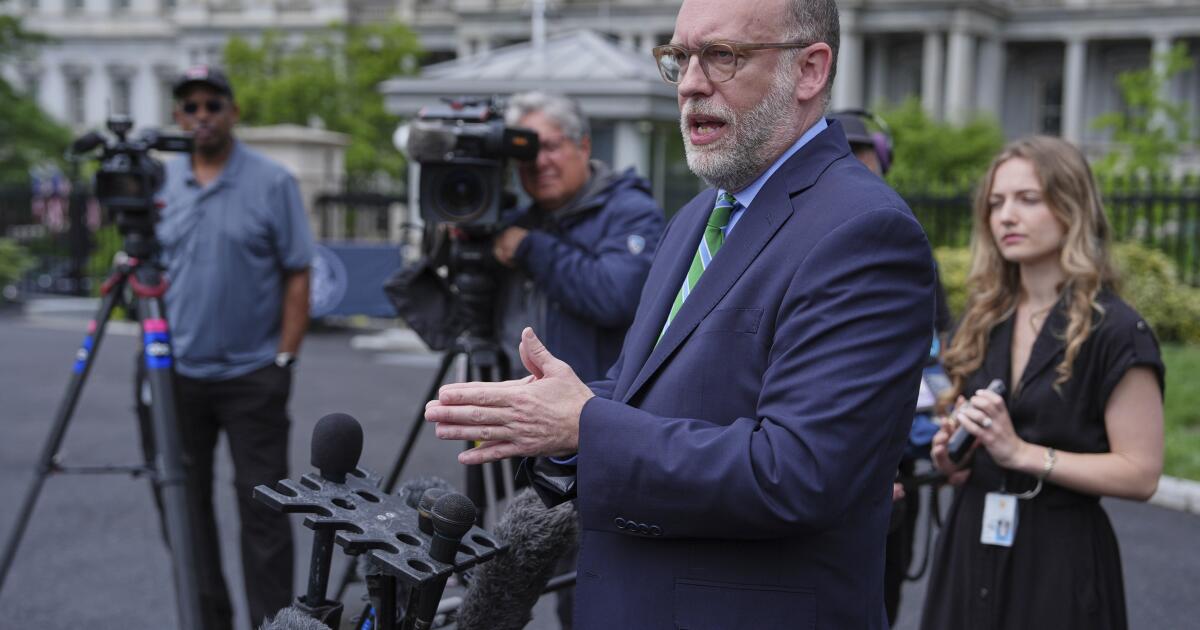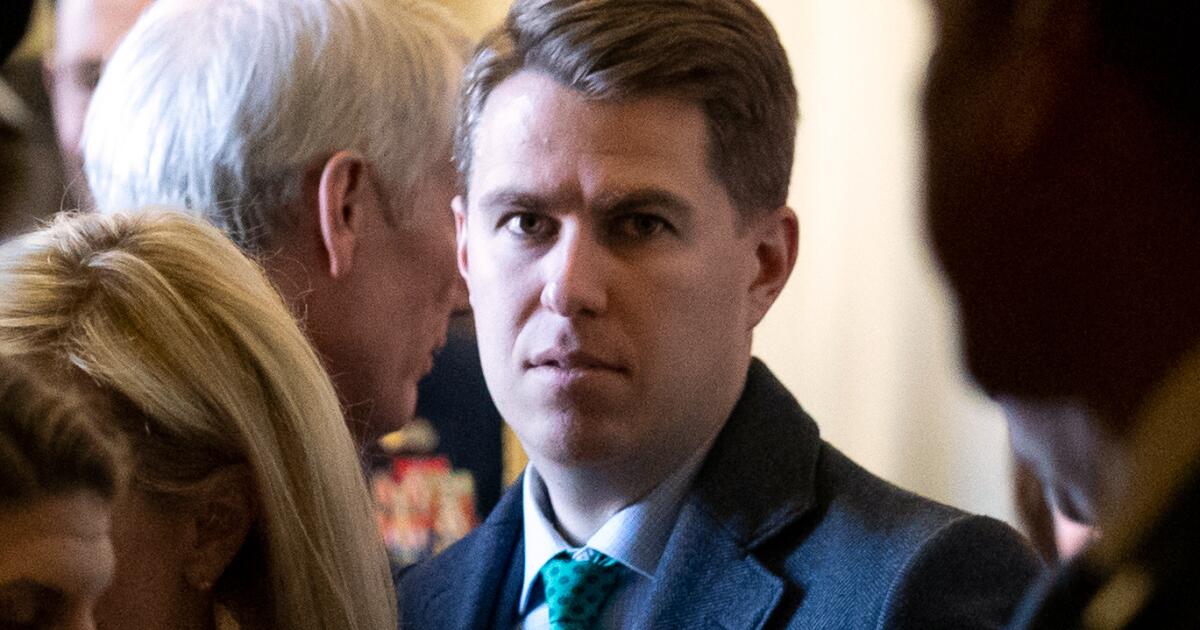Hegseth defends $961.6B Defense Department budget request
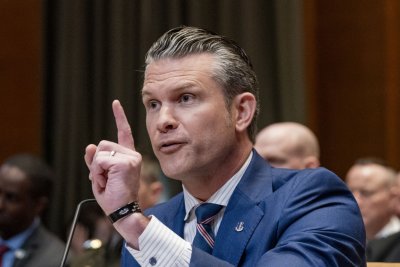
June 11 (UPI) — The proposed Department of Defense budget puts “America first” while addressing Ukraine, the Indo-Pacific and the Middle East, Defense Secretary Pete Hegseth told the Senate Appropriations Committee on Wednesday.
Hegseth and Joint Chiefs of Staff Chairman Gen. Dan Caine fielded questions during a more than 2-hour hearing regarding the proposed $961.6 billion DOD budget for the 2026 fiscal year.
The Defense Department is improving pay, housing, healthcare and other services to improve the quality of life for military members and their families, Hegseth told committee members.
“This budget puts America first and gives our warriors what they need,” he said during his opening statement.
The proposed budget request also would “end four years of chronic underinvestment in our military by the Biden administration,” Hegseth added.
Russia and the Ukraine war
Sen. Mitch McConnell, R-Ky., opened the hearing with questions about the Ukraine War, including who is the aggressor and preferred outcomes.
Hegseth said Russia is the aggressor and China would prefer to keep the conflict going as long as possible to distract from its moves in the Indo-Pacific region.
Europe needs to do more to defend its territory against Russian aggression, Hegseth said, and the United States must remain strategic in its handling of the war while addressing matters in the Indo-Pacific region.
Sen. Chris Coons, D-Del., cited ongoing Russian aggression against civilian targets in Ukraine as evidence that Russia has no intention of ending the war there.
The 2026 budget request eliminates aid to Ukraine, while senators are working to impose more sanctions on Russia, Coons said.
“What message do you think it sends” when Russia “attacks civilian centers in Ukraine and the United States does not send additional air defense and interceptors to Ukraine?” Coons asked.
Hegseth said arms are still flowing to Ukraine, but other NATO allies are not doing enough to end the war.
“You’re not a real coalition, you’re not a real defense alliance, unless you have real defense capability and real armies that can bring those to bear,” Hegseth said.
“That’s a reality that Europe is waking up to quickly,” he added, “and we’re glad.”
Coons said the United States should not negotiate a cease-fire in Ukraine “at any cost” and instead should continue supporting Ukraine to achieve an enduring peace.
“Putin will only stop when we stop him,” Coons said. “The best way to stop him is through a stronger NATO.”
Chinese military threats and Hegseth’s DOD leadership
Sen. Susan Collins, R-Maine, said China has more than 400 warships and is rapidly expanding its fleet versus 293 ships for the United States.
She asked why the Defense Department only seeks funding to build two submarines and an ocean surveillance ship, plus some destroyers.
Hegseth said the 2026 budget request reflects a 13% increase for investing in national defense over the current fiscal year.
Sen. Patty Murray, D-Wash., then questioned Hegseth’s leadership.
“I am repeatedly hearing that your policy and personnel changes at the Pentagon are only undermining [and] not strengthening our military’s preparedness to protect our country,” Murray said.
She accused Hegseth of using the military to police areas in the United States, including sending the National Guard and Marines to California to use against “peaceful protesters.”
Murray then asked Hegseth if the Defense Department would continue to fire shipbuilders, which he denied it has done.
“We are investing historically in our shipbuilding defense industrial base and workforce and ships in this budget,” Hegseth said.
Murray said the Navy is firing shipbuilder staff in the state of Washington and accused it of asking welders if they ever donated to the Democratic Party.
Hegseth said no welders are subject to litmus tests to work on naval projects and denied that political questions are asked.
Iranian, Russian, Chinese and North Korean coalition
Sen. Lindsey Graham, R-S.C., asked Hegseth and Caine if the world is underestimating Iran’s intent to “kill all the Jews,” including using a nuclear weapon against Israel if Iran had one.
Caine said Iran would use one to pressure Israel but doesn’t know if Iran would use it to “wipe out Israel.”
Hegseth said a radical cleric in Iran would use one to wipe out Israel.
“They’re going to use a nuclear weapon if they get it,” Graham said.
He also asked if China intends to “take Taiwan by force if necessary.”
Hegseth said the DOD doesn’t know that China has made the decision to do so.
Caine suggested China might use military force against Taiwan, and the United States needs to prepare for it.
Coons said China, Russia, North Korea and Iran are aligned and pose the greatest threat to world peace since the Cold War.
He cited Ukraine as an example of the future of warfare, but said the Department of Defense is “internally divided” and operating on a continuing resolution for the first time.
The current state within the Defense Department “cannot continue,” Coons added.
Next-generation fighter and collaborative drones are planned
The Defense Department also wants to spend $4 billion during the 2026 fiscal year to develop the F-47 fighter and “collaborative combat” drone aircraft, according to DefenseScoop.
The $4 billion request is just part of the 2026 budget request, but the amount of the entire proposed budget has not been released.
The Air Force wants to spend $3.5 billion on the F-47 fighter project, which would give it a fighter capable of exceeding Mach 2 with a range of more than 1,000 nautical miles.
The current F-22 and F-35A fighter jets have top speeds of greater than Mach 2 and Mach 1.6 and ranges of 590 and 670 nautical miles, respectively.
The Air Force wants to buy up to 185 F-47 fighters during the program’s duration.
The Air Force’s Collaborative Combat Aircraft program would promote the development of next-generation drone aircraft that are capable of flying with the manned F-47 and other next-generation fighters.
